Cincinnati’s German Brewing Heritage
It’s Oktoberfest time! For beer lovers in and around Cincinnati, Ohio, this season is pretty much made for them — the Queen City throws the second largest Oktoberfest celebration outside of Munich, and the world’s largest chicken dance.
Sadly, COVID-19 will put a major damper on how Oktoberfest social events are handled this year. However, one of the great things about the season is the glut of Oktoberfest, Märzenbier and Festbier releases. (Check out this primer on what exactly it is we’re drinking when we have an Oktoberfest beer.) While it’s great enjoying these styles at a Cincinnati Oktoberfest celebration with an oompah band playing in the background, they’re also plenty enjoyable to relax with on a patio or porch as the summer heat wanes into crisp autumn evenings.
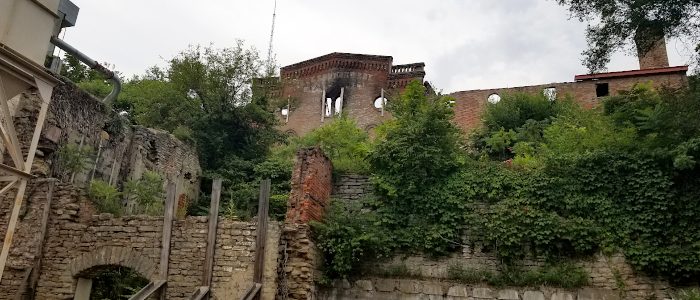
How exactly did German beer and food culture become such a big deal in Cincinnati? There’s a lot to it, but we’ll summarize things for you.
Immigrants Are to Thank
Around the early 1700s, Germans began emigrating to America in droves to escape religious persecution and the ravages of ongoing wars with France, Spain and Britain. Many settled in New York, some ventured to New Jersey, and a good number went on to Pennsylvania. The mass emigration in the 1700s was mild compared to the numbers that flowed in by the mid-1800s. Eighteenth-century Germany was still holding onto remnants of medieval feudal rule and wasn’t yet a united nation. Many Germans were fed up with things and were ready to move to more cosmopolitan, democratic ideals. While some stayed and participated in the 1848 March Revolution that eventually led to a unified Germany, many had heard rumors of the opportunities available in America and began emigrating en masse.
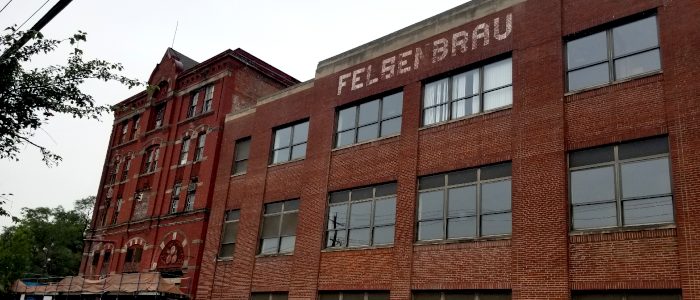
Read: PorchDrinking Oktoberfest Guide & Beer Showcase Series
More than a million Germans emigrated to America from 1840 to 1860, many of them with the money and know-how needed to start a professional brewery. With the eastern seaboard having become saturated with immigrants and upstart breweries by this point, many headed to the rolling hills and plains of the Midwest. Along with St. Louis, Pittsburgh, Milwaukee and Chicago, Cincinnati became the focal point for many breweries, and for German traditions such as the biergärten and Oktoberfest.
Over-the-Rhine
Although German influence spreads through much of the Ohio Valley region, its epicenter, at least when it comes to beer, is Cincinnati’s Over-the-Rhine district. Named by early German immigrants because of how walking across bridges over the Miami and Erie Canal from downtown Cincinnati reminded them of crossing the Rhine River into Germany, it has a rich pre-Prohibition brewing history.
Cincinnati was founded in 1788 by New Jersey Congressman John Cleves Symmes, who saw gold in the city’s ideal positioning as a stopping point for thirsty flatboat and steamboat travelers. The first brewery was actually founded by English Quaker Davis Embree at 75 Water Street, but English brewing didn’t hold sway for long, as Germans made up nearly a quarter of the population by 1840.
Once Germans discovered that the land was ideal for carving out lagering tunnels and cellars, so-called “German Beer Barons” began founding breweries right and left, mostly in Over-the-Rhine. By 1860, there were 36 breweries in Cincinnati from a mere eight in 1840.
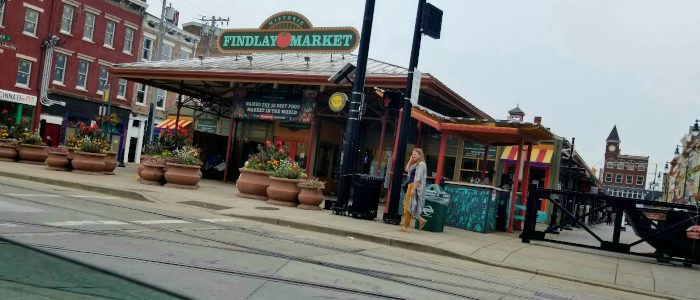
Over-the-Rhine has always been an ethnically diverse neighborhood and has historically been made up primarily of immigrants. The history of the neighborhood isn’t entirely pleasant. Anti-immigration fervor has intensified at various times throughout its history, and by the time Prohibition ended, it spent most of the 20th century populated by underprivileged groups. With little attention being given to its infrastructure by civic authorities, many of the buildings became dilapidated. Although neighborhood-revitalization projects and new breweries have made it a popular destination in the early 21st century, things have slowed down due to economic uncertainty brought on by COVID-19. Don’t let that stop you from visiting, though. Over-the-Rhine is still a vibrant brewing hub and a great spot to see some of Cincinnati’s earliest history while grabbing a bite and a drink.
Dropping by for a Drink
COVID-19 might have interrupted the parties, but one can find plenty of ways to celebrate Cincinnati’s German brewing heritage. If you plan on your own German-themed beer celebrations this fall, most breweries are open to the public, with COVID-19 restrictions in place. Please call or check the website of each brewery or restaurant before your visit to check on reservations or to arrange to pick up some German beer and food to-go for your at-home celebration. Some highlights of breweries and German-themed spots to check out when you visit include Rhinegeist Brewery, Listermann Brewing Company, Taft’s Brewing Co., Hofbräuhaus Newport, Mecklenburg Gardens and Findlay Market.
Prost!
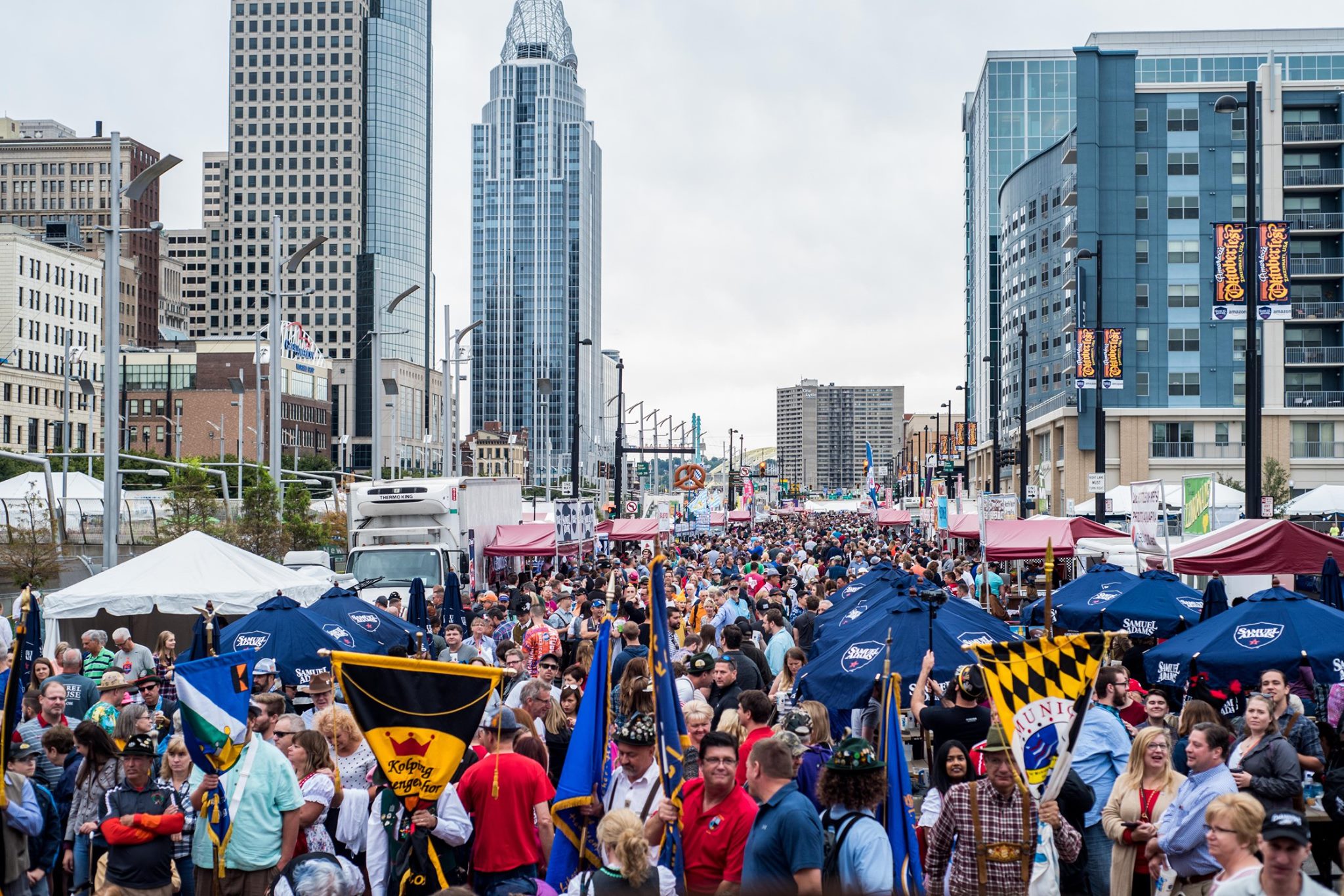
* Feature Image: The 2019 Zinzinnati Oktoberfest Celebration presented by Sam Adams, via https://www.facebook.com/oktoberfestzinzinnati


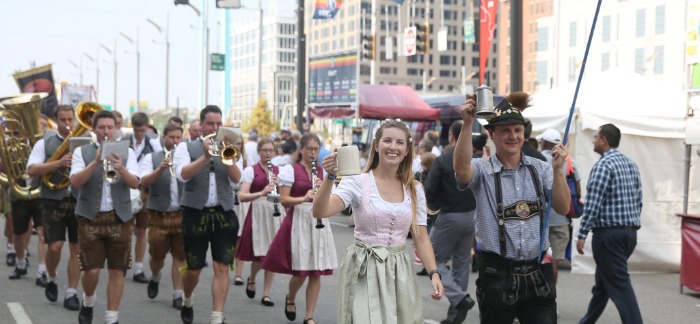

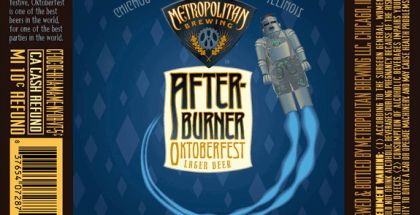
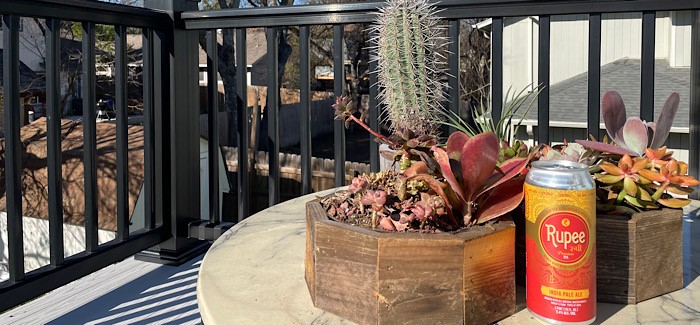
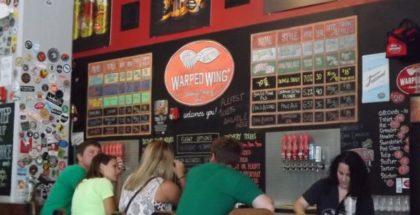

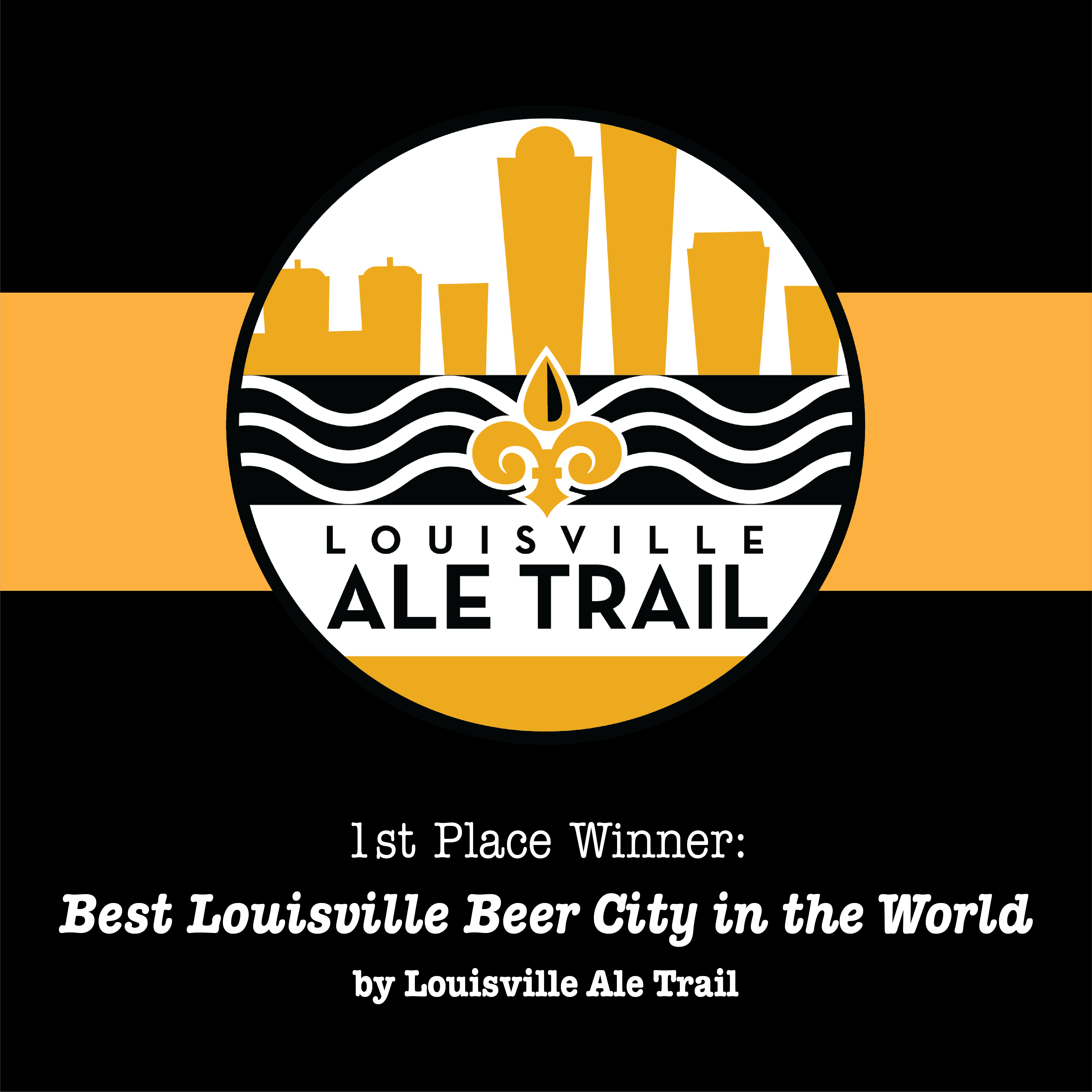
Submit a Comment